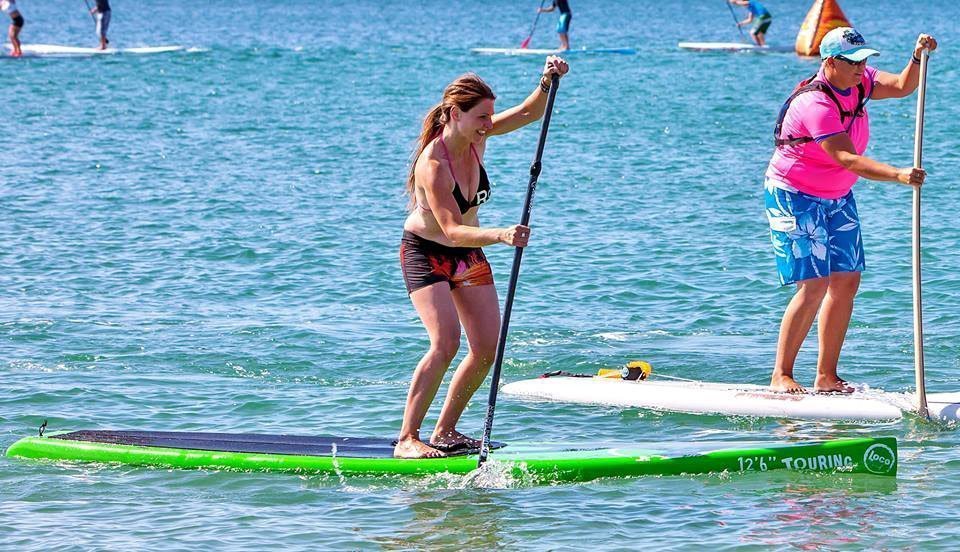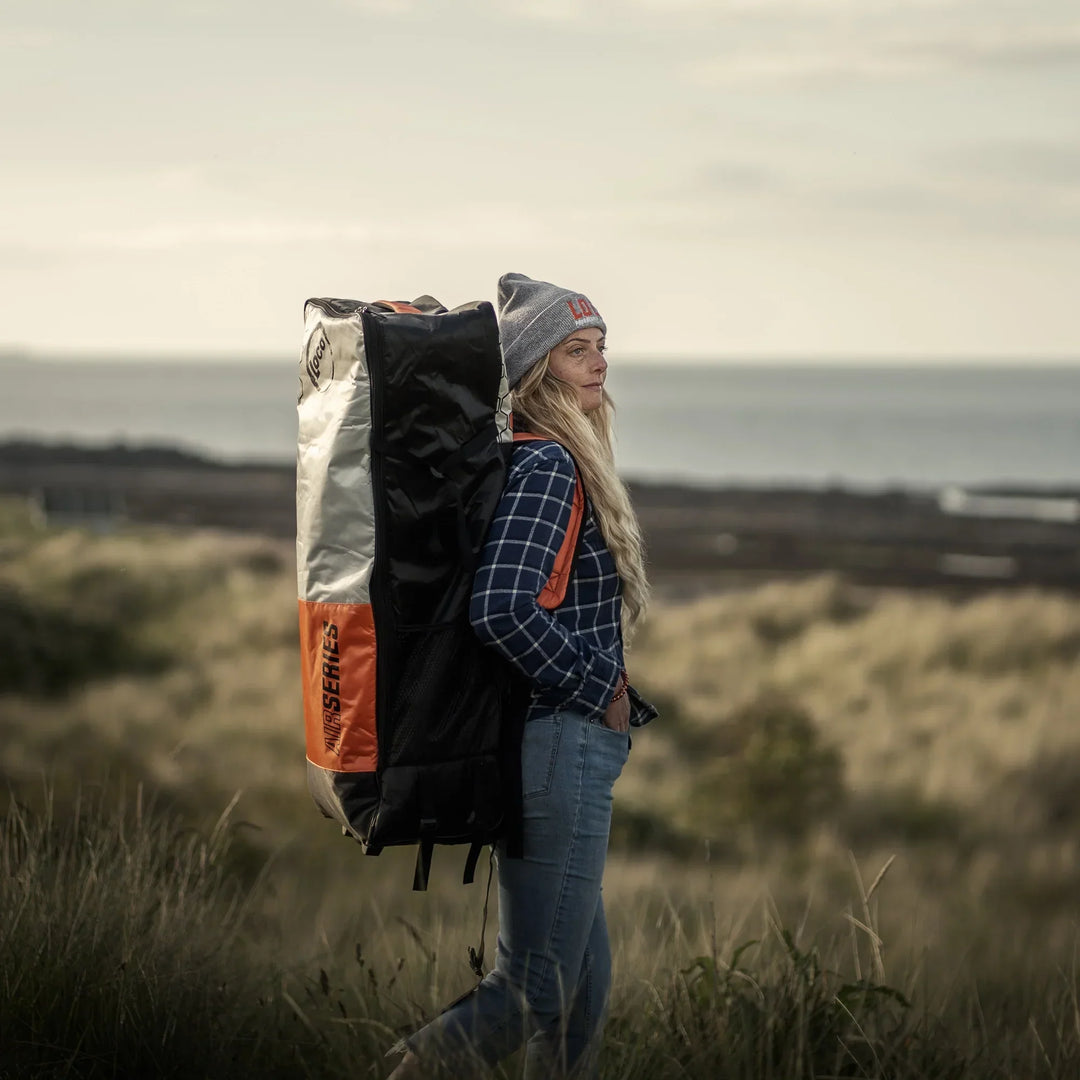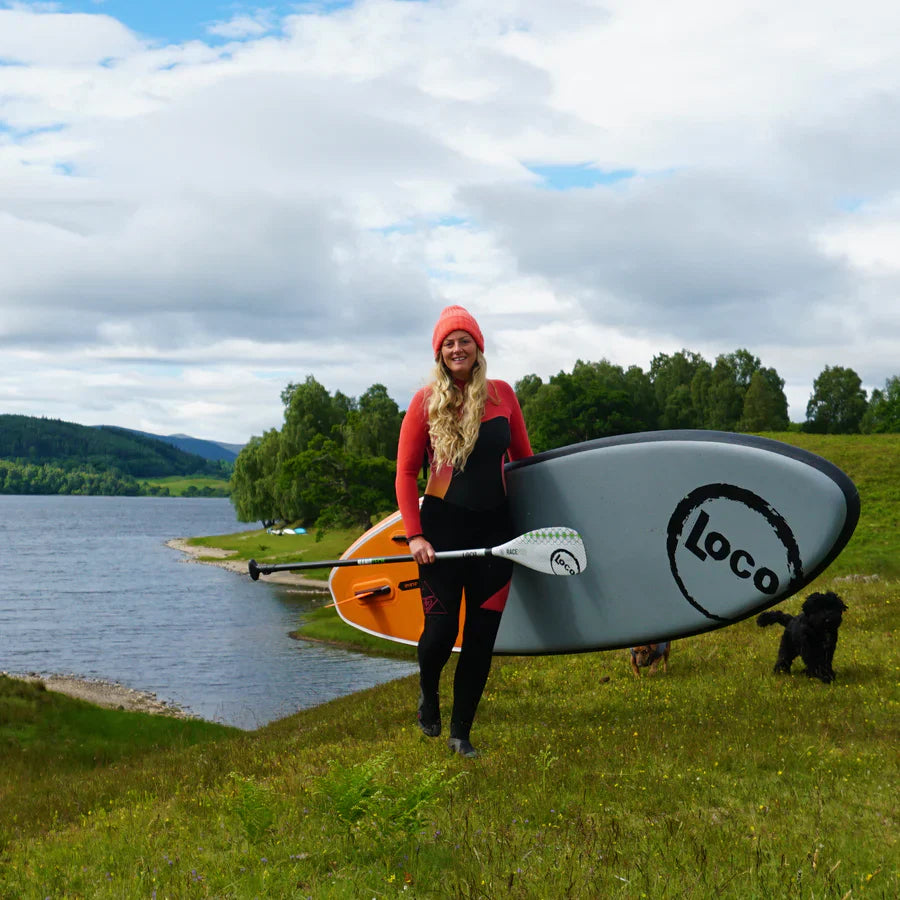Scoring – Know Your SUP Spot

Scoring – Know Your SUP Spot
Scoring; a verb, the definition of which means to gain a point, goal or run in a competitive environment. In stand up paddle boarding terms it means something completely different. Rather than putting a glorified pig’s bladder in the back of net or notching up another mark for your team, scoring with SUP usually means nailing it with conditions and bagging an awesome session.
If you’re a SUP surfer then it could be you’ve just scored an offshore overhead keg fest; a downwind aficionado could score that perfect 30 knot side shore glideathon while white water sweepers may score the biggest volume water of their lives. Whatever ‘scoring’ and stand up means to you it’s generally nailing that ‘all time’ session – or at least one that ranks highly on your stoke list.
This sort of language usually comes into play when paddlers describe the more extreme end of SUP. That’s not to say that scoring a blistering hot and sunny family day at the beach – pottering around on the water with your kids – isn’t equally as rewarding; it just possibly doesn’t lend itself to this type of (seemingly) over enthusiastic surf speak.
To truly score an epic session we, as keen paddlers, need to become amateur meteorologists – particularly if you happen to reside in a part of the world where weather patterns are changeable (most of us then!). Even if you’re lucky enough to live in Maui (or some equally far flung tropical destination) where Trade Winds blow daily and swells pound the shore constantly, you’ll still need to interpret a weather forecast to score those ‘magazine quality days’.
Pouring over forecast data and adapting to your local spot can be an art form in itself. All SUP locations, be those inland or coastal, have their own unique identities, complete with local effects. Topographic anomalies, human interventions and a whole other array of varying factors make scoring a tricky process unless you know your area intimately – this takes time, effort and countless hours of sweeping around your own backyard on ‘recon missions’.
Those who seem to be on the water anytime it’s good pay attention to weather cycles and how their effects subtly change each individual spot. It’s no coincidence the same riders are ‘on it’ every time the surf fires, the wind howls or froth surges.
Spotting similarities in conditions and how they transfer to paddling sessions, remembering those and noting differences will ensure you’re getting as much SUP time as you possibly can. In some paddlers’ cases this knowledge has been memorised across multiple locations and the same old faces appear when they all turn on.
If you’re a sweeper looking to improve understanding of how your local ‘put in’ fluctuates and morphs its shape, this is the only way to ensure more water time. The more you score, the greater your stand up paddle board skills become, the bigger your knowledge spread and the bigger that stoked grin.
Next time you’re at the beach, beside the river or about to sweep off on your SUP adventures, pause, and take note of what’s going on around you. Observe the state of tide, how waves are breaking, where they’re pitching, how much water is flowing through that sluice gate and whatever else you can identify. Take a mental snapshot of when conditions are particularly good or if they suddenly go lax – this way you’ll learn more about your SUP spots and stand a better chance of scoring as you progress through your stand up career.
Words: Tez Plavenieks




